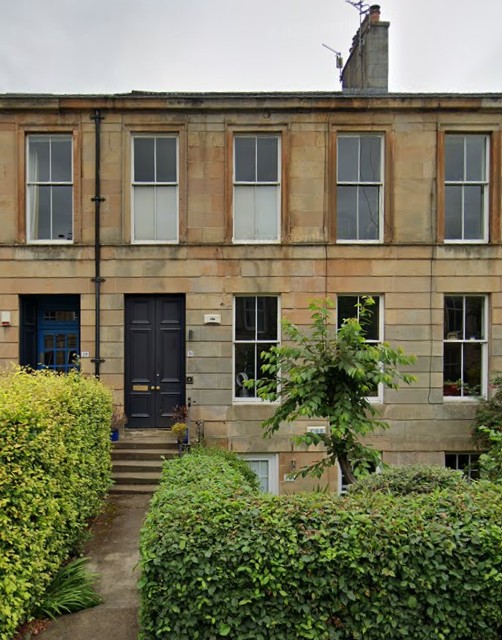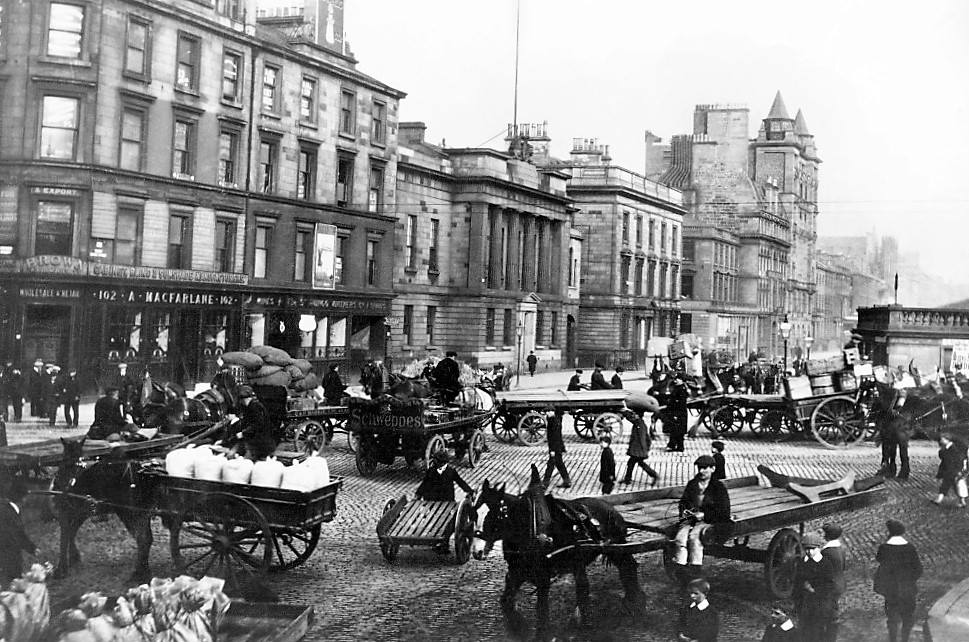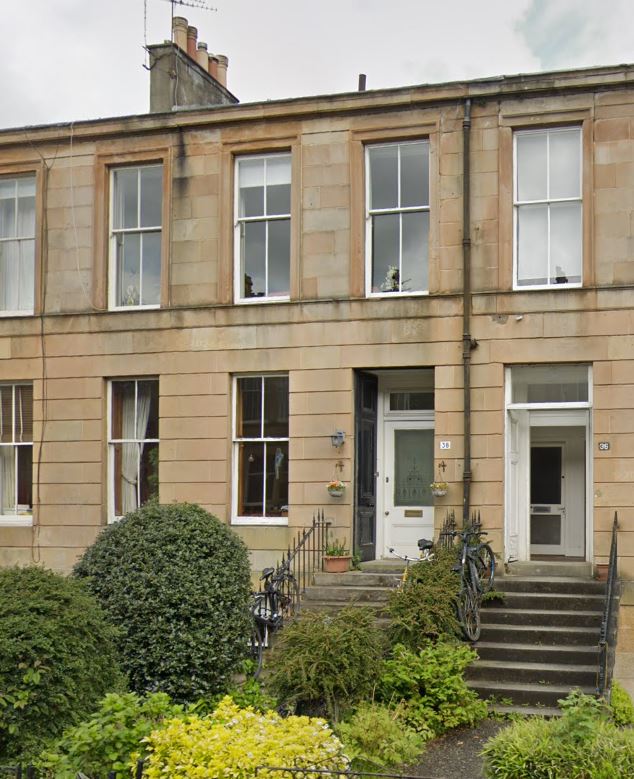Welcome to the Bygone Bungo blog. The aim is to collect and summarise all that is known about the dear little place we know as Strathbungo.
Over recent years I have amassed a wealth of information, from historical accounts and swathes of records, to many timeless photographs. This blog allows me to share them with a wider audience.
There is also the database of properties and previous residents – you can search through some 5000 landlords and residents from the late 19th and early 20th centuries in the Database search pages. Some properties now have extensively researched house histories.
So if you have ever wondered about the history of the area, who built it and why, or who lived in your house, or you have information of your own to add, delve in.
You can also follow Bygone Bungo here for updates:
Bluesky: @bygonebungo.bsky.social
Facebook: BygoneBungo
Twitter/X: Not so much anymore
Andrew Downie







Recent Comments